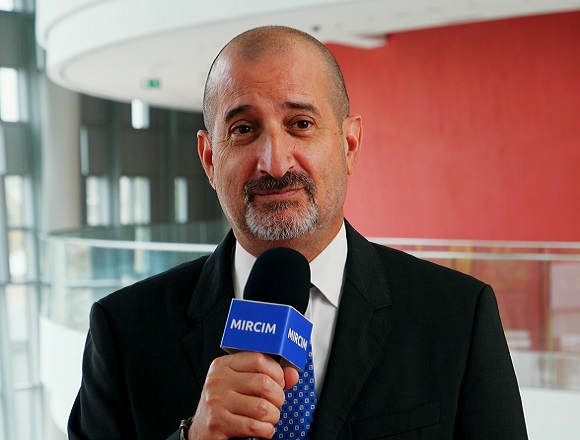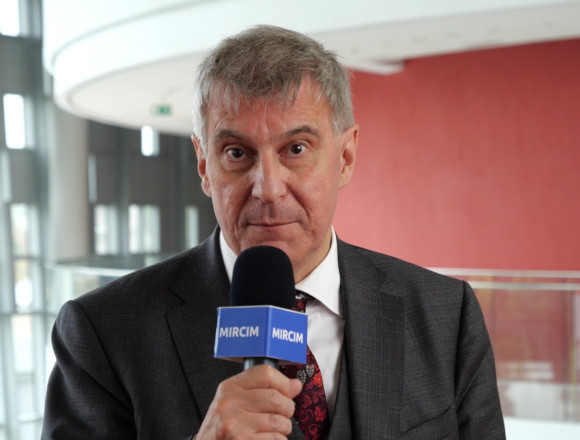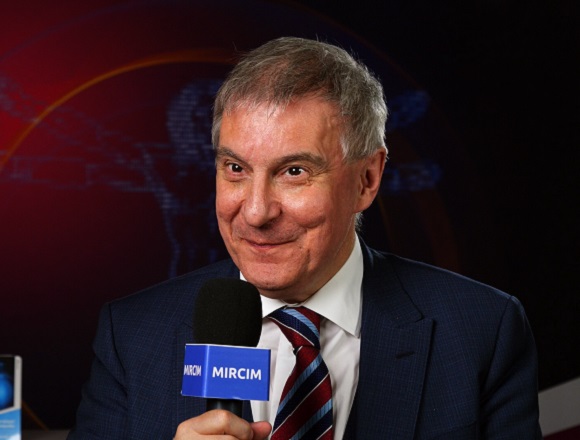Ian Gralnek, MD, MSHS, is a professor of medicine at the Rappaport Faculty of Medicine, Technion-Israel Institute of Technology, Afula, Israel.
What conditions must be met for a screening colonoscopy to be considered reliable? When should a follow-up colonoscopy be performed sooner than indicated by the surveillance schedule and how long after initial examination?
The question here is what makes a high-quality colonoscopy. So, high-quality colonoscopy: There are quality indicators that have been published now from gastroenterology societies around the world, which include multiple factors. These include that (1) we should today be using high-definition colonoscopes with magnification; (2) we should be able to utilize a tool such as narrow band imaging to visualize the polyps—that’s part of the software of colonoscopes; (3) we want to make sure that the preparation of the colon is more than adequate, so we should be documenting that very specifically [with] a bowel preparation score that’s been validated, such as the Boston Bowel Preparation Scale (BBPS), and there would be a score >6, so we know the patient was cleaned and eyes of the colonoscopist can adequately visualize the colon; (4) we want to make sure that we take our time withdrawing the colonoscope. So at least 6 minutes, if not 8 minutes, to very meticulously look at the colon and make sure we’re not missing polyps.
And then the other thing is that we need to photo-document today. It is not adequate enough that Ian Gralnek says, “I’ve reached the cecum.” We need to reach the cecum and we need to take a photograph of the base of the cecum to demonstrate that we were there and that we saw the entire colon, and also at the very end to retroflex the colonoscope and to see the anal verge in a retroflex position to make sure that we’re not missing polyps, even potentially a mass lesion, very low down in the rectum. That’s really today what makes a high-quality colonoscopy.
If we’re not able to get to the end of the colon for various reasons or if there is a poor preparation: In terms of a poor prep, where I feel I may be missing polyps, I will generally invite those patients back within 6 to 12 months to repeat their colonoscopy and I will usually give them an additional part of a preparation to make sure that they’re adequately cleaned out.
If the examination is considered to be incomplete, where the endoscopist cannot get to the very end of the colon, so part of the colon has not been evaluated, then at that point the patient should be sent either to another gastroenterologist potentially to try again or to a virtual colonoscopy or computed tomography (CT) colonography to be able to image that area of the colon that was not seen at the time of optical colonoscopy.
 English
English
 Español
Español
 українська
українська







